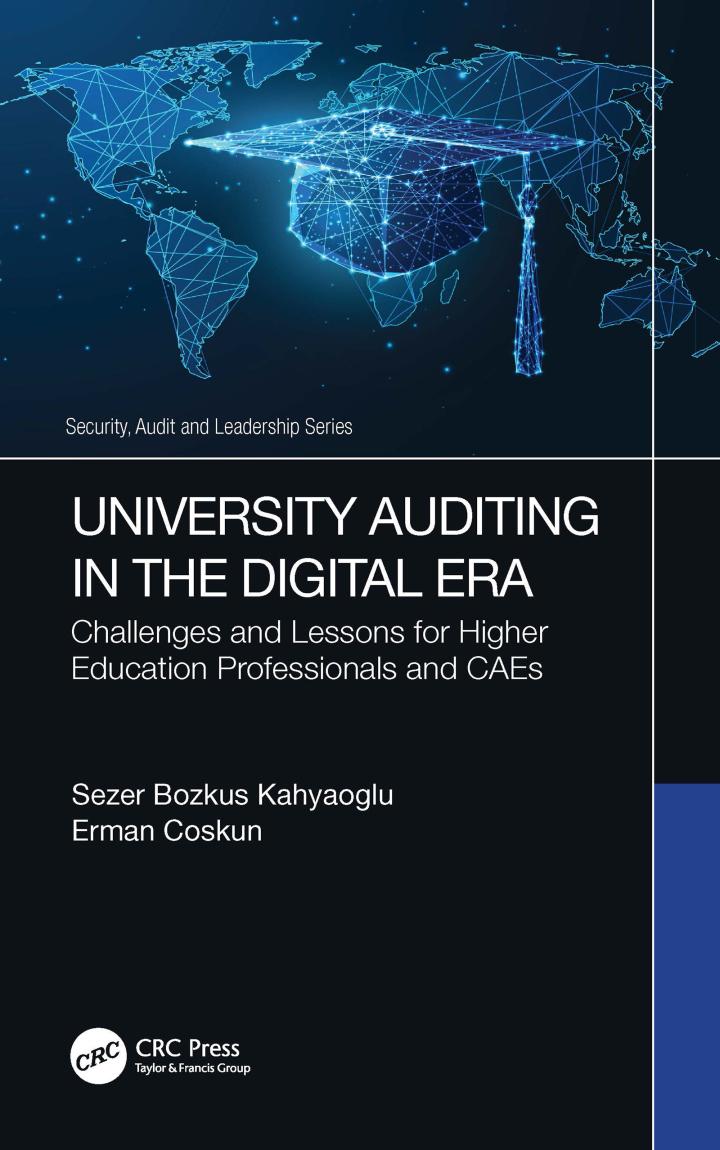Assume that you have been hired as a consultant by CGT, a major producer of chemicals and plastics, including plastic grocery bags, styrofoam cups, and fertilizers, to estimate the firm's weighted average cost of capital. The balance sheet and some other information are provided below. Assets
| Current assets | $38,000,000 |
| Net plant, property, and equipment | $101,000,000 |
| Total assets | $139,000,000 |
Liabilities and Equity
| Accounts payable | $10,000,000 |
| Accruals | $9,000,000 |
| Current liabilities | $19,000,000 |
| Long-term debt (40,000 bonds, $1,000 par value) | $40,000,000 |
| Total liabilities | $59,000,000 |
| Common stock (10,000,000 shares) | $30,000,000 |
| Retained earnings | $50,000,000 |
| Total shareholders' equity | $80,000,000 |
| Total liabilities and shareholders' equity | $139,000,000 |
The stock is currently selling for $17.75 per share, and its noncallable $3,319.97 par value, 20-year, 1.70% bonds with semiannual payments are selling for $881.00. The beta is 1.29, the yield on a 6-month Treasury bill is 3.50%, and the yield on a 20-year Treasury bond is 5.50%. The required return on the stock market is 11.50%, but the market has had an average annual return of 14.50% during the past 5 years. The firm's tax rate is 40%. Refer to Exhibit 10.1. Which of the following is the best estimate for the weight of debt for use in calculating the WACC? Do not round your intermediate calculations.






